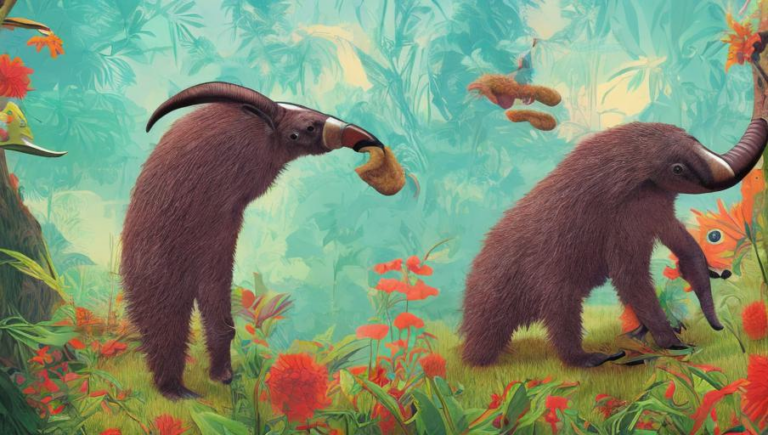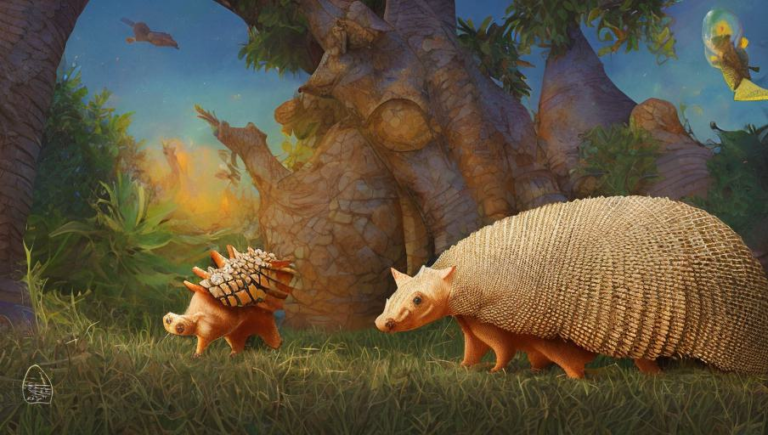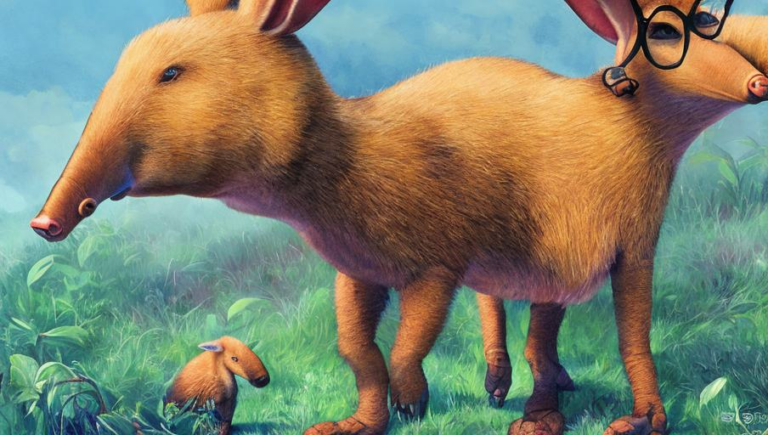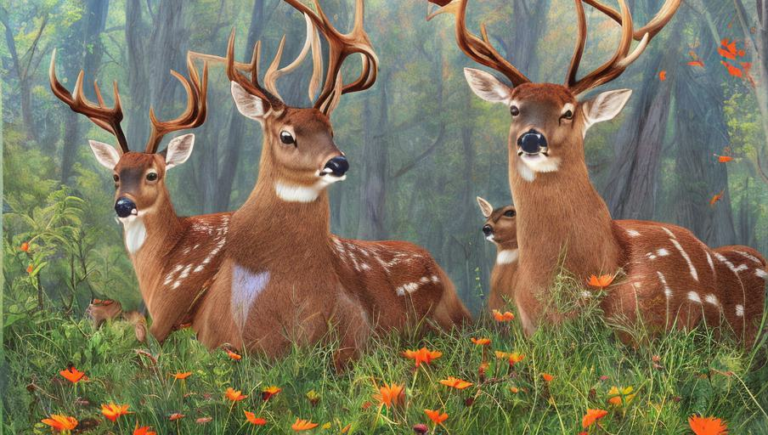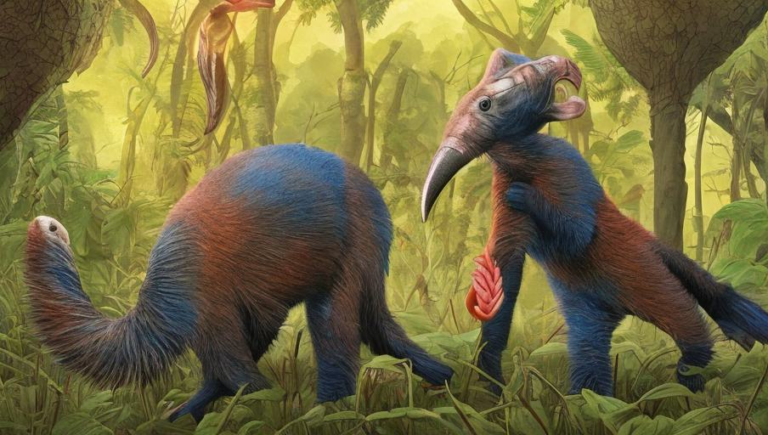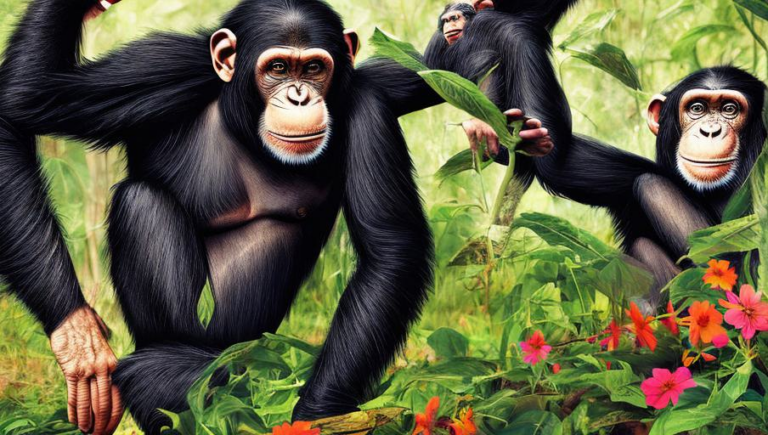Zooming In: A Look at Anteater Behavior
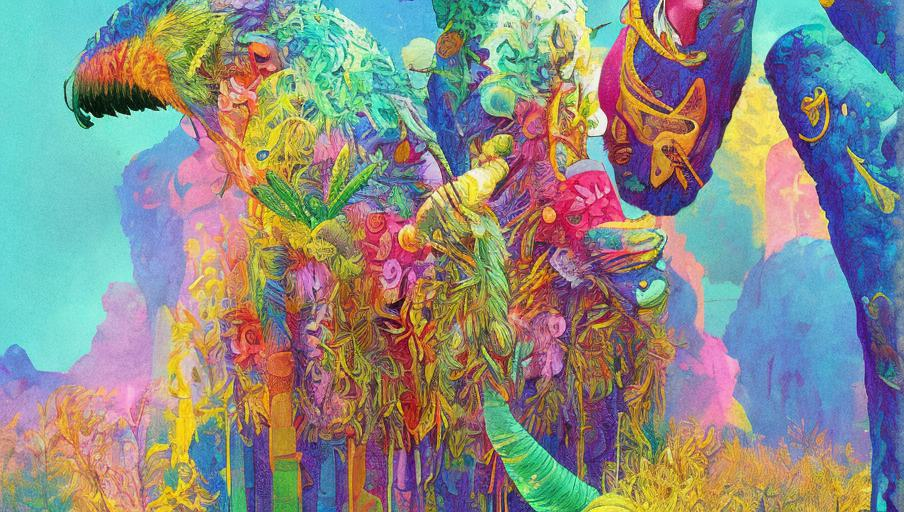
Introduction: The Fascinating Anteater
The Anteater is one of the most fascinating creatures on the planet. They are found in the tropical forests of Central and South America, and have an impressive ability to consume large amounts of ants and termites. Anteaters have an elongated snout, a long and powerful tongue and a set of powerful claws that allow them to break open ant and termite nests. They also have a long, prehensile tail which helps them to balance as they forage for food.
Behavior
Anteaters are mainly solitary animals. They are most active at night and are very shy and elusive. During the day, they seek out shaded areas where they can rest in relative safety. They use their claws to dig burrows where they can sleep or hide from predators. They are also very good swimmers and can often be found near water sources where they can cool off.
Anteaters are also very agile and can climb trees with ease. They use their claws to cling to branches and can often be seen hanging upside down while they search for food. They also have a good sense of smell and can track down their prey even in the dark.
Diet
The Anteater’s diet mainly consists of ants and termites, which they capture with their long, sticky tongue. They can eat up to 30,000 ants a day and consume around 15,000 termites. They also feed on larvae, eggs, soft fruits, and occasionally small vertebrates.
Reproduction
Anteaters mate during the dry season, usually between the months of November and January. The female will give birth to a single offspring after a gestation period of about two months. The baby anteater will stay with its mother for up to one year before becoming independent.
Conservation Status
The Anteater is classified as Vulnerable by the IUCN Red List of Threatened Species, due to habitat destruction, human disturbance and illegal hunting. Conservation efforts are underway to protect this species, including the creation of protected areas and increased enforcement of hunting regulations.
Conclusion
The Anteater is a truly amazing creature that deserves our protection and admiration. With their fascinating behavior, diet, and reproduction, they are a remarkable species that should be respected and appreciated. Through increased awareness and conservation efforts, we can help ensure that they remain a part of our planet’s biodiversity.
